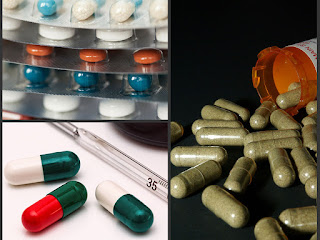The diverse nature of Asia Pacific region makes it a favourable ground for many pharmaceutical companies to take foot hold in the region. The Political conditions and favourable laws make this entire region a positive region unlike the other regions. The impact of urbanization has allowed access to sophisticated healthcare infrastructure in the Asia Pacific region. One of the top research firms is of the opinion that, by 2025, 310 of the world’s top 600 cities will be housed in the Asia Pacific region. China will have the highest, which is almost 250 in number. Due to such positive forecasts, the impact looks obvious, and the growth in the region is sure. Economic growth, coupled with easier access to healthcare facilities and demand for better health care infrastructure will act as strong supporting factors to the growth of the region.
The Chinese market growth is fuelled by factors such as incentives offered by the Government, changing healthcare infrastructure, and growing aging population. China, today is considered to be one of the prominent markets for pharmaceutical industry, due to the population, which is the highest in the world. The country is considered second to the US in terms of GDP and is one the largest economies of the world.
Taiwan is considered to be a relatively small sized market compared to other markets in the Asia pacific region. Nonetheless, one the major markets for new entrants, providing safer entry points to plunge into larger markets. The political, economic and investment environment provide by Taiwan makes it a choice for many players to look at the market favourably. The overall environment will surely attract multinational drug makers. Despite being a relatively smaller market, the country has high pharmaceutical spending per capita and also provides a highly robust medical infrastructure.
The growth of the Japanese pharmaceutical market, on the other hand has some impediments due to biennial drug price reductions. This scenario will continue as the government is trying to minimize healthcare expenditure. Generic drugs are also a cause of concern for the Japanese pharma market. Despite limitations, easing regulatory guidelines, growing aging population, and strong product pipelines will provide the necessary framework the market to grow in the future. The Japanese market was a closed market since 1990’s; however, relaxation of rules and regulations and entry of foreign companies has promoted investment in the country.
India on the other hand is a greener market and has favourable environment, promoting the growth of the Indian Pharmaceutical market. The growing purchasing power due to urbanization, market penetration into rural areas, and ease of access to healthcare facilities are attracting major pharma companies to park their investments in the country. Changing income levels among the middle class population, favourable patent laws, availability of skilled labour, etc. are the factors that has led the multinational companies to invest in the market.
Considering all the factors, the Asia-Pacific region is one the very favourable regions in the world. There are many other factors that will help the region to grow during the forecast period. Among the emerging regions, Asia-Pacific will be a sure bet for multinational companies.










